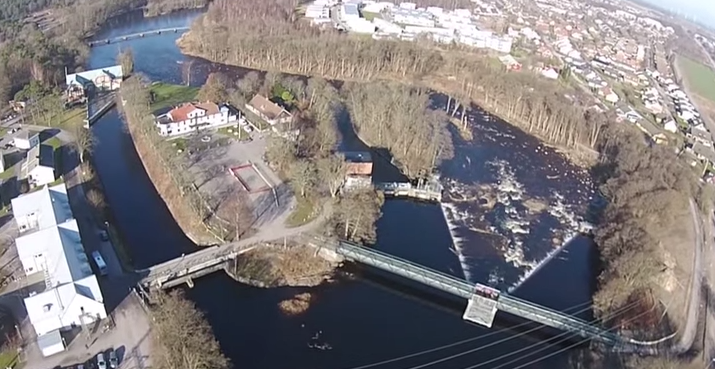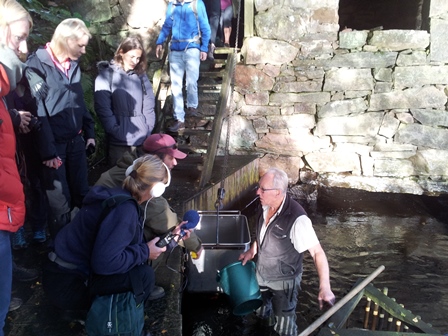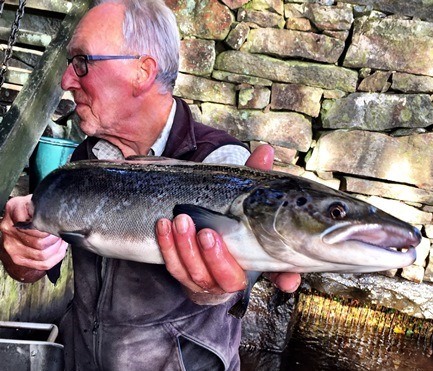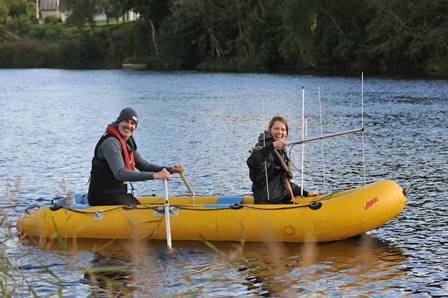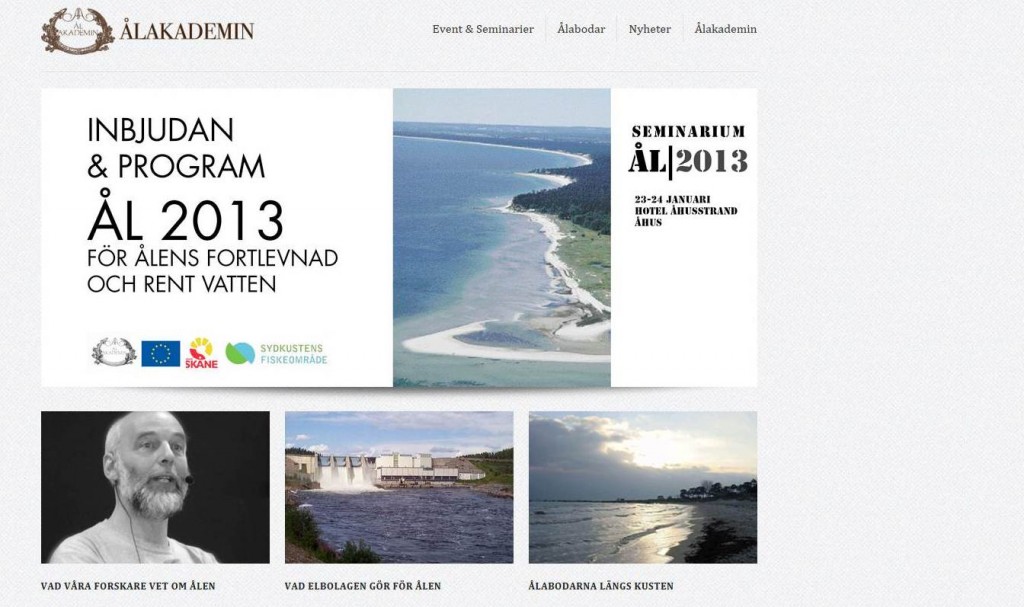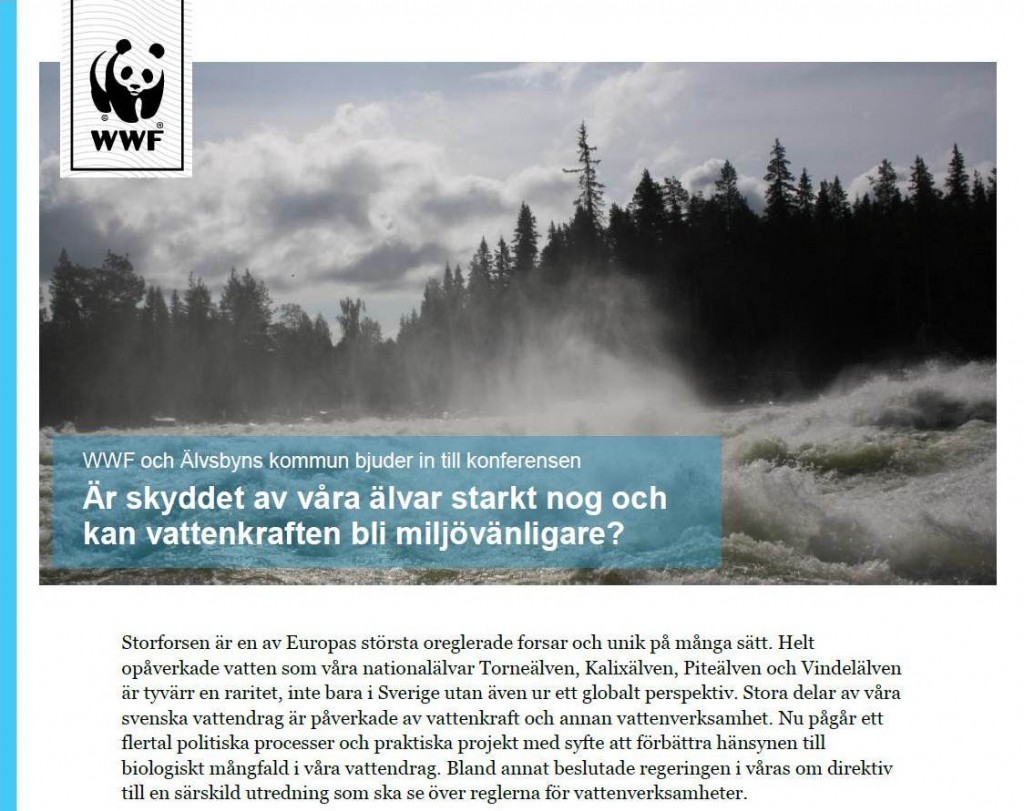23
APR 2015 
Posted by Daniel Nyqvist |
Nyheter
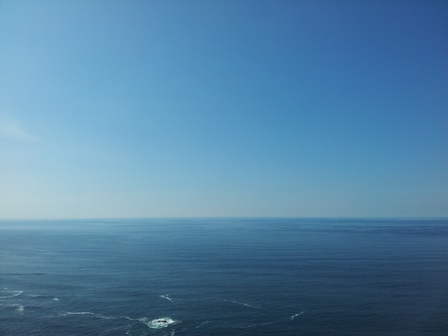 OECD har den här veckan givit ut en rapport om ekonomisk tillväxt och ekologisk hållbarhet inom fiske och vattenbruk. Rapporten går under titeln: “Green growth in Aquculture and Fisheries” och kan läsas online här. I Executive summary efterfrågas bland annat politiska och institutionella förändringar, liksom förbättrad övervakning, forskning och uppföljning av åtgärder: “Green growth means fostering economic growth and development while ensuring that natural assets continue to provide the resources and environmental services on which our well-being relies. The OECD green growth strategy sets out a five-step roadmap to establish sustainable pro-growth reforms. This begins with preparing the way for change, removing barriers to reform, establishing a new policy set and finally by measuring results and taking stock. Following this roadmap means that policies for the fisheries and aquaculture sectors must be more systematic in identifying risk, using market-based instruments and building accountable institutions. It also calls for a more expansive process, involving a broad reach of communities dependent on the fisheries and aquaculture sectors. This will, inter alia, require investing in better data and science to support managing a more complex system while building networks to ensure policy coherence and inclusiveness.”
OECD har den här veckan givit ut en rapport om ekonomisk tillväxt och ekologisk hållbarhet inom fiske och vattenbruk. Rapporten går under titeln: “Green growth in Aquculture and Fisheries” och kan läsas online här. I Executive summary efterfrågas bland annat politiska och institutionella förändringar, liksom förbättrad övervakning, forskning och uppföljning av åtgärder: “Green growth means fostering economic growth and development while ensuring that natural assets continue to provide the resources and environmental services on which our well-being relies. The OECD green growth strategy sets out a five-step roadmap to establish sustainable pro-growth reforms. This begins with preparing the way for change, removing barriers to reform, establishing a new policy set and finally by measuring results and taking stock. Following this roadmap means that policies for the fisheries and aquaculture sectors must be more systematic in identifying risk, using market-based instruments and building accountable institutions. It also calls for a more expansive process, involving a broad reach of communities dependent on the fisheries and aquaculture sectors. This will, inter alia, require investing in better data and science to support managing a more complex system while building networks to ensure policy coherence and inclusiveness.”
I en annan rapport, Reviving the Ocean Economy, uppskattas havets produktiva värde till 24 000 miljarder vilket i en jämförelse skulle göra det till världens sjunde största ekonomi. Ove Hoegh-Guldberg, Unviersity of Queensland är en av författarna och förklarar för Nature att rapporten “comes up with a very large number despite the fact that we can’t value the many intangibles — production of sand along coastlines, the value of oceans in terms of their contribution to cultures, and so on. We don’t make any apologies for the fact that we can’t get the real value. But we can get a number which we know is the minimum, and in this case it is a very large number. If the ocean were a country it would be the seventh-largest economy on the planet. I don’t think that is surprising to any marine scientist, but it may come as a surprise to a lot of people outside marine science..” Rapportförfattaren anser att det är viktigt att sätta ett monetärt värde på havet som ett steg i att skydda lokala resurser och ekosystem från överfiske och habitatförstörelse men pekar också på nödvändigheten av att angripa globala klimatförändring och försurningen av havet: “If you protect marine areas and regulate fishing, you can help corals survive the impact of climate change… …If we solve these local problems we can buy some time while we deal with the global climate issue. But let’s not pretend here – if we don’t get off the current CO2-rich pathway we’re on now, all the attempts to control local factors won’t work. Coral reefs will become a distant memory and the ability to feed people will be severely degraded.”
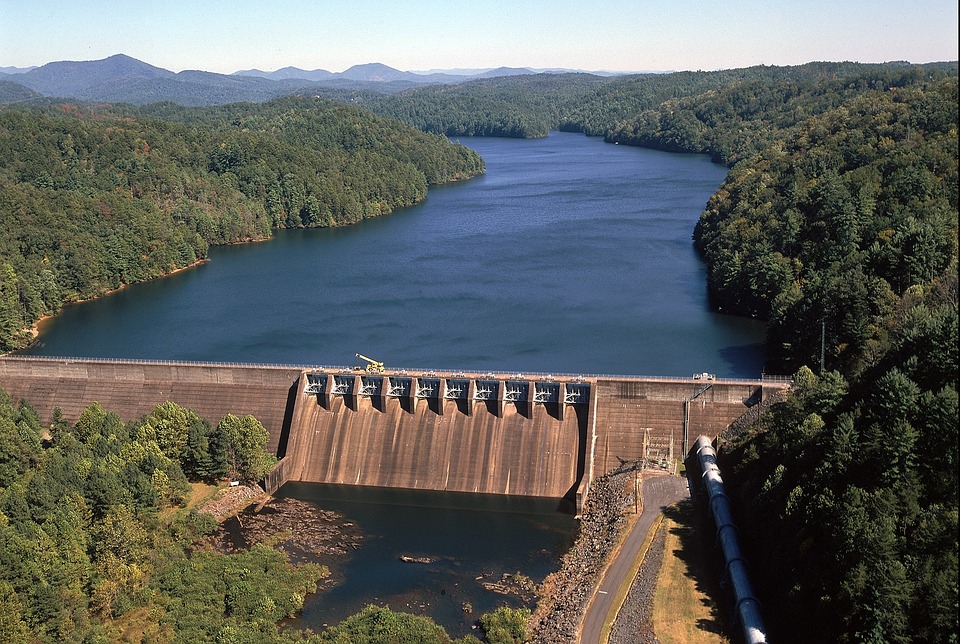 A crowdfunding platform has been initiated for dam removal projects across Europe, the site being hosted by WWF Netherlands.
A crowdfunding platform has been initiated for dam removal projects across Europe, the site being hosted by WWF Netherlands.


